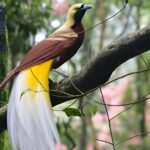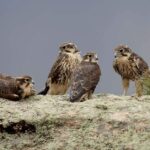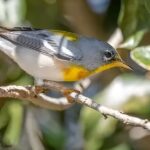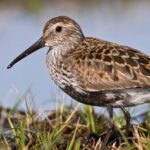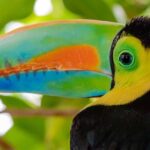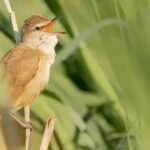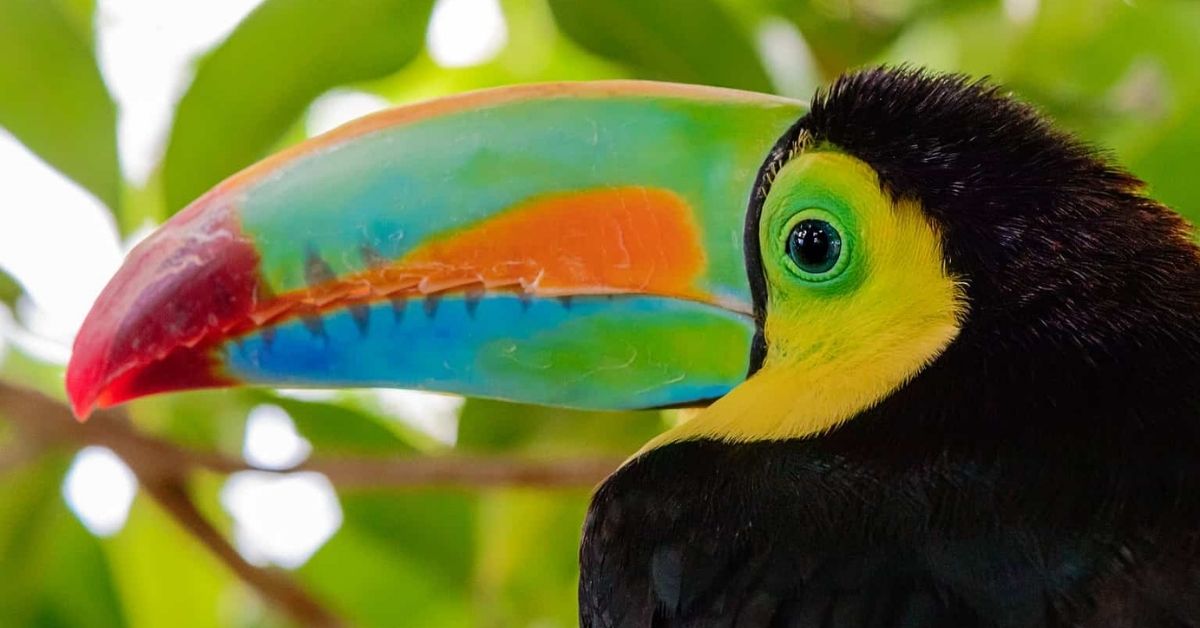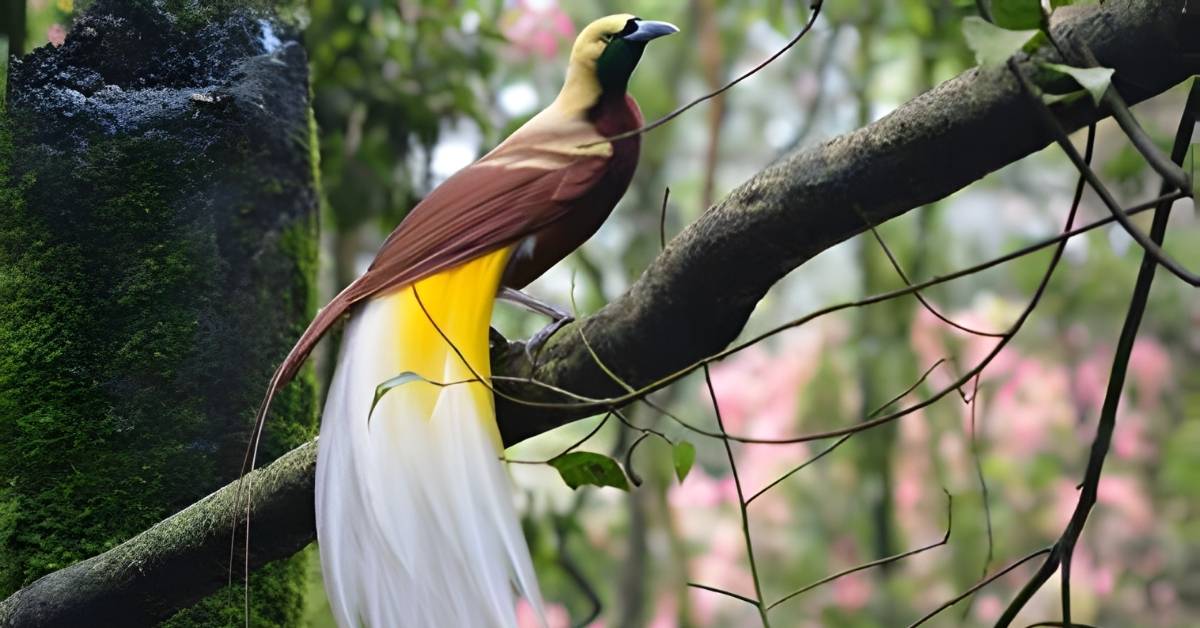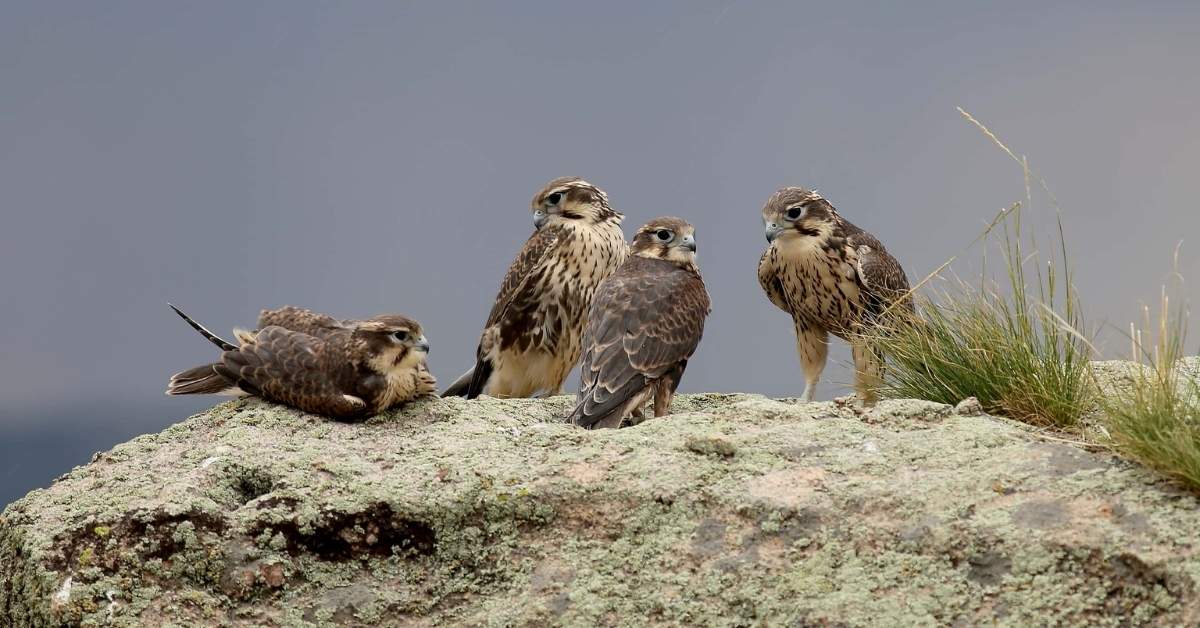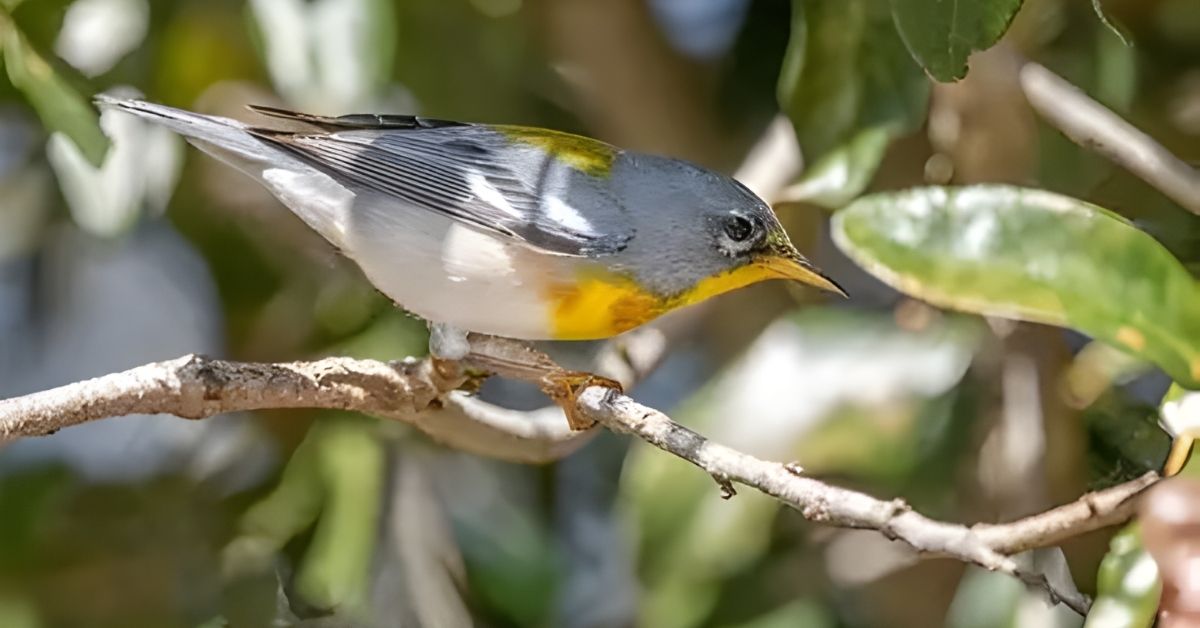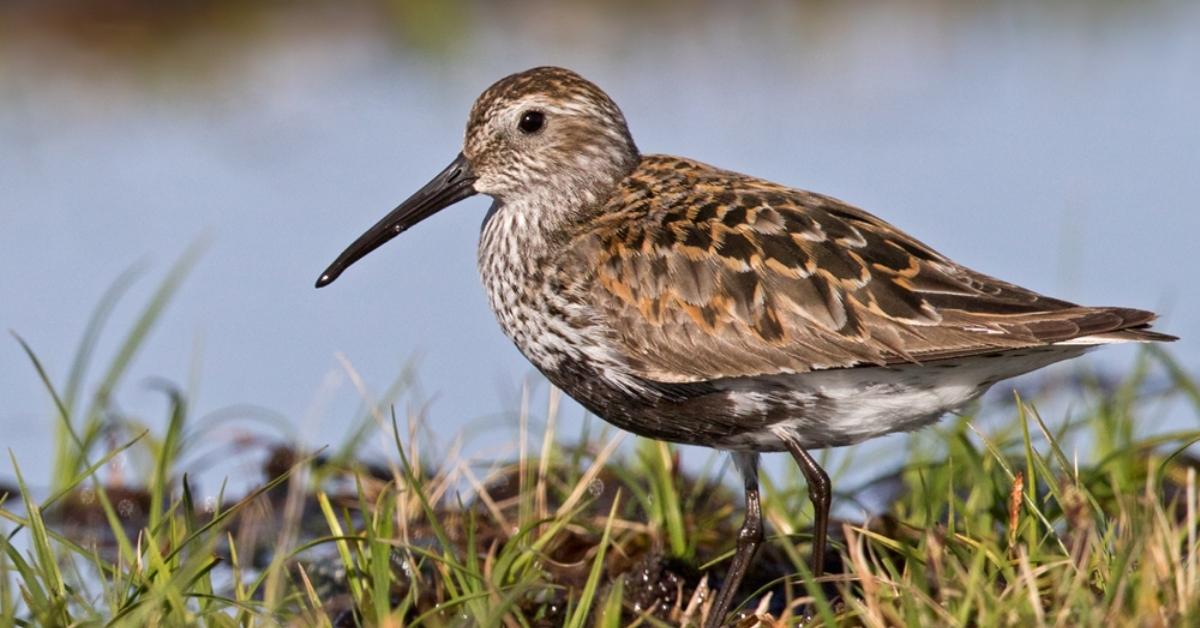Birds with colorful beaks are some of the most amazing creatures on Earth. Their bright and vivid beaks come in shades of red, orange, yellow, and blue. Each color tells a story about the bird’s health, diet, and way of life. These birds with colorful beaks live in tropical forests, icy seas, and even near U.S. coastlines.
People love watching them because they look like flying art. From puffins to flamingos, every species uses its colorful beak to attract mates and stand out in nature. Truly, birds with colorful beaks make our world more vibrant and full of life.
Bateleur (Terathopius ecaudatus)

The Bateleur, a medium-sized eagle from Africa, is one of the most vivid and exotic raptors known for its bright red beak and fierce expression. Its wings stretch wide as it glides across the savanna, its feathers absorbing and reflecting heat depending on the weather, showing how thermoregulation plays a role in its survival. The coloration of the Bateleur’s face and bill deepens during breeding season, a vivid sign used to attract mates and display dominance.
In addition to its stunning appearance, the Bateleur is a master of natural selection and ecological balance. Its colorful features may appear purely decorative, but they serve vital purposes signaling fitness and adaptation to its tropical habitat. Its vivid plumage, exotic feathers, and bright beak reflect not only beauty but also survival. For birdwatchers in the U.S., seeing a Bateleur in aviaries or conservation exhibits feels like witnessing living art painted in flight.
Black-and-Red Broadbill (Cymbirhynchus macrorhynchos)
The Black-and-Red Broadbill looks as if it were handcrafted from tropical jewels. Its multicolor beak, painted in turquoise, orange-yellow, and green, stands out against its scarlet plumage. The colors shine in bright sunlight, creating a near rainbow reflection when the bird turns its head. Found mostly in Southeast Asia’s dense river forests, this bird uses its bill for communication, mate recognition, and feeding, a perfect example of how coloration supports ecology and behavior.
When light hits its beak, the shades appear to shift between blue and golden tones, showcasing the magic of structural pigmentation. Much like the emerald green hummingbird or the purple gallinule, the Broadbill depends on both coloration and adaptation for survival. Its beauty represents tropical diversity, vividness, and evolution, making it one of the world’s most admired birds with colorful beaks. In comparison, U.S. birdwatchers might think of the kingfisher, a species that shares the same love of color and water.
Capped Heron (Pilherodius pileatus)
The Capped Heron is another tropical treasure, a mix of soft creamy feathers, pale blue beak, and a sleek black cap. Its subtle pattern contrasts beautifully with the green foliage around it, a natural form of camouflage that helps it blend while stalking fish in wetland shallows. The Capped Heron’s vivid hues might seem gentle compared to the flamboyant macaw or quetzal, but they’re no less important for identification and species recognition.
In warm sunlight, the heron’s plumage shows faint lilac tones, reflecting heat and maintaining balance through thermoregulation. Its beak coloration changes slightly during the breeding season, revealing a touch of vibrant turquoise and golden shine that signals readiness to mate. For American birders, the Capped Heron’s elegance recalls the egrets and herons found in Florida’s wetlands, linking faraway tropical ecosystems through shared patterns of color, survival, and grace.
Also Read This: Spiritual Meanings of Brown Birds
Eurasian Spoonbill (Platalea leucorodia)
The Eurasian Spoonbill carries a remarkable multicolor bill shaped like a spoon, a design that helps it sweep through shallow waters for food. Its white plumage reflects sunlight beautifully, while its bill’s yellow and black pattern gives it a touch of flair. Like many other colorful birds, its hues and shapes are both functional and decorative.
This species’ distinct pattern and coloration help it identify others of its kind across wetlands and coasts. Occasionally, migrating spoonbills appear near American shores, exciting birders who chase rare sightings of birds with colorful beaks. The reflection of light on their feathers creates a glowing effect, turning these birds into floating pieces of art. Their design also mirrors that of the roseate spoonbill, another striking tropical relative often seen in the southern U.S., famous for its pink plumage and vivid beak.
Flamingos (Phoenicopteridae)
Flamingos are among the most famous birds with colorful beaks, instantly recognized by their long necks and elegant posture. Their pink and black bills aren’t just beautiful, they’re tools designed for filtering food from muddy water. These iconic birds owe their coloration to carotenoids, pigments from the crustaceans they eat. The more they consume, the brighter their feathers and beaks become, turning their bodies into radiant symbols of health and vitality.
In the U.S., you’ll find them in Florida’s wetlands and California’s coastal sanctuaries, where their vivid plumage and striking hues draw crowds of nature lovers. Their multicolor beak pattern, a soft gradient of pink fading into black adds depth and texture to their charm. Beyond their beauty, flamingos demonstrate how pigmentation, adaptation, and evolution intertwine perfectly within the natural world.
Hornbills (Bucerotidae)
Hornbills are bold, dramatic, and impossible to forget. Their enormous orange-red beaks with casques on top make them one of the most exotic and striking species among birds. These vibrant, tropical creatures use their large bills not just for display but also for feeding, nesting, and even courtship rituals. The gradient of red, black, and yellow across their beaks reflects light in fascinating ways, a prime example of natural reflectance and pigmentation in action.
For U.S. audiences, hornbills represent the wild artistry of Asia and Africa. They’ve become popular in conservation programs and zoos, where people can see up close how structural coloration, evolution, and ecology work together. Each curve of the hornbill’s beak reveals the story of adaptation, survival, and communication proof that beauty in nature always has purpose.
King Eider (Somateria spectabilis)

The King Eider, an Arctic sea duck, wears a crown of color unlike any other. Its beak shows shades of orange, blue, and green, set against soft gray feathers. During breeding season, males flaunt these bright colors to attract mates across icy waters. The combination of bold tones and smooth texture gives its beak a vivid, multicolor pattern that stands out even against the white snow.
In Alaska and northern Canada, birdwatchers and ecologists admire how this species adapts to extreme conditions while maintaining its colorful plumage and bright identification cues. Its pigmentation and structural coloration not only help it signal fitness but also protect it from harsh sunlight through controlled reflection and absorption. King Eider proves that even in the coldest habitats, color remains a powerful tool for survival and beauty.
Mute Swan (Cygnus olor)
The Mute Swan is a familiar sight across American lakes and parks, gliding gracefully with its elegant white body and orange beak tipped in black. Although originally from Europe, it has become part of the U.S. landscape, admired for its vivid coloration, plumage, and pattern of contrast. The beak color changes slightly with age and health, making it a visual indicator of vitality.
Its calm demeanor hides a fiercely protective nature, especially during breeding season. Swans use visual communication and recognition to guard their young and define territory. Their bright orange bills shimmer under sunlight, a beautiful example of how natural selection and physiology influence both appearance and behavior. For many, the swan embodies peace, beauty, and balance core elements of birds with colorful beaks.
Pallas’s Gull (Ichthyaetus ichthyaetus)
With its yellow and red beak contrasting against a black head, Pallas’s Gull offers a vivid display that rivals tropical species. Its colors act as a signal and recognition trait during courtship, a striking blend of form and function. This gull, though mostly Eurasian, occasionally visits American coasts, thrilling bird enthusiasts eager to spot rare multicolor beaks in local habitats.
Its pattern and coloration change slightly through the seasonal breeding cycle, displaying nature’s ability to adapt color based on environment and time. Each hue yellow, red, black, and white serves a purpose, from attracting mates to intimidating rivals. For bird lovers in the U.S., seeing a Pallas’s Gull is like finding a jewel washed up on the shore.
Puffins (Fratercula spp.)

No discussion of birds with colorful beaks is complete without puffins. These charming seabirds, often called “clowns of the sea,” have multicolor bills painted in coral, yellow, and blue-gray. Their beaks become brighter during breeding season, transforming from dull shades to lively displays of health and strength. The puffin’s beak isn’t just beautiful, it’s practical. They use it to carry multiple fish at once, showing remarkable adaptation.
In the U.S., especially along Maine’s coasts, puffins attract thousands of visitors every summer. Their bright plumage, vibrant hues, and exotic charm make them icons of the Atlantic. As they dive into icy waters, their colorful beaks gleam under sunlight, a perfect symbol of natural evolution, beauty, and survival. The puffin’s story reminds us that in nature, color is more than decoration, it’s life’s boldest language.
FAQs
Which bird has a colorful beak?
The puffin has a colorful beak with bright shades of orange, yellow, and blue during breeding season.
Which bird has a brightly coloured beak?
The toucan has a brightly coloured beak that shows vivid mixes of red, green, and yellow.
Which bird has a huge colourful beak?
The hornbill has a huge colourful beak with striking orange, red, and yellow tones and a large casque on top.
Conclusion
Birds with colorful beaks are living art in nature. Their bright colors like red, yellow, blue, and orange make them stand out everywhere. These amazing birds use their colorful beaks to find food, attract mates, and stay safe. Each shade shows their strength and beauty.
Watching birds with colorful beaks reminds us how nature loves variety and color. They live in tropical forests, cold seas, and near lakes across the world. Their vivid plumage and striking bills fill the sky with joy. Birds with colorful beaks prove that beauty has purpose. They show how life shines through color, reflection, and natural design.

Spiritual Vora shares deep insights on dreams, angel numbers, spiritual meanings, and inner healing. Our mission is to guide souls toward clarity, growth, and divine connection through uplifting and enlightening content.

